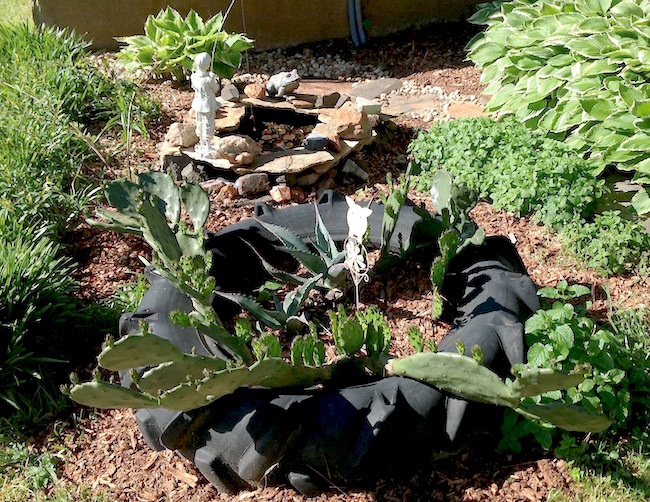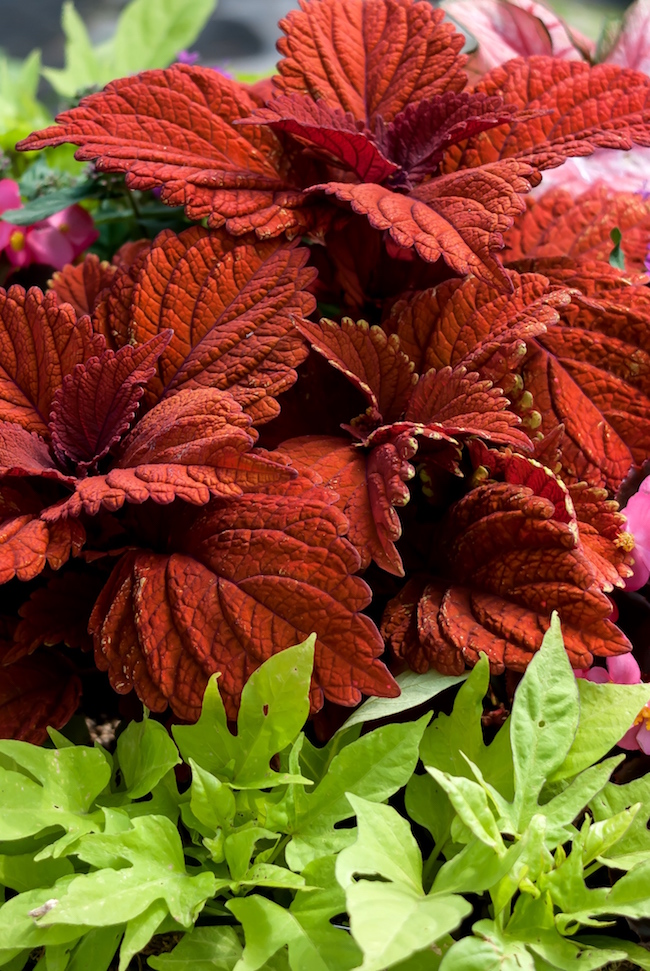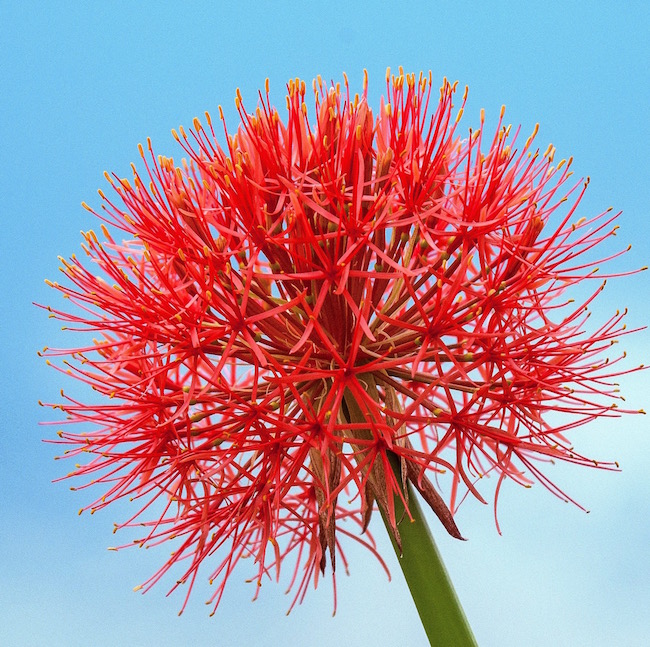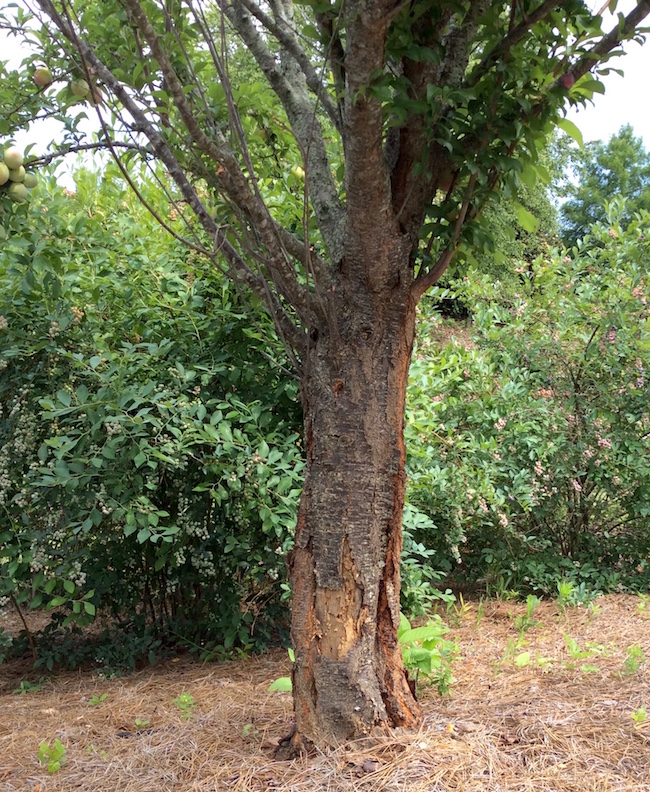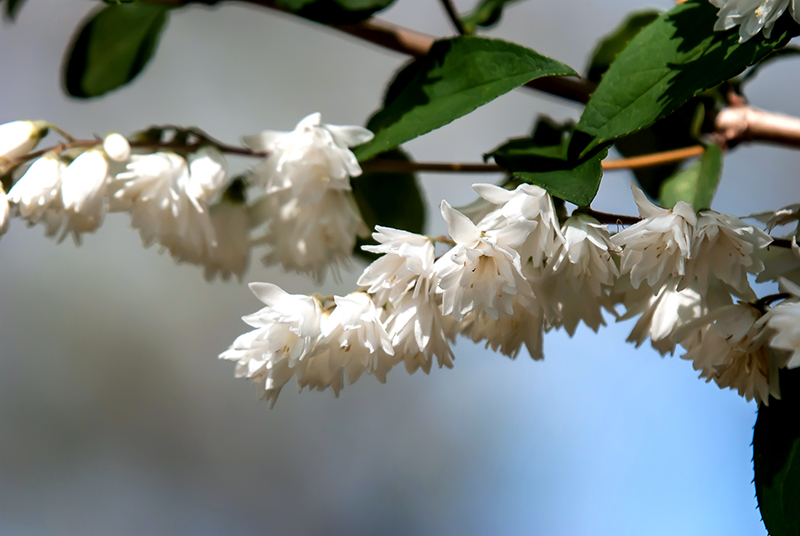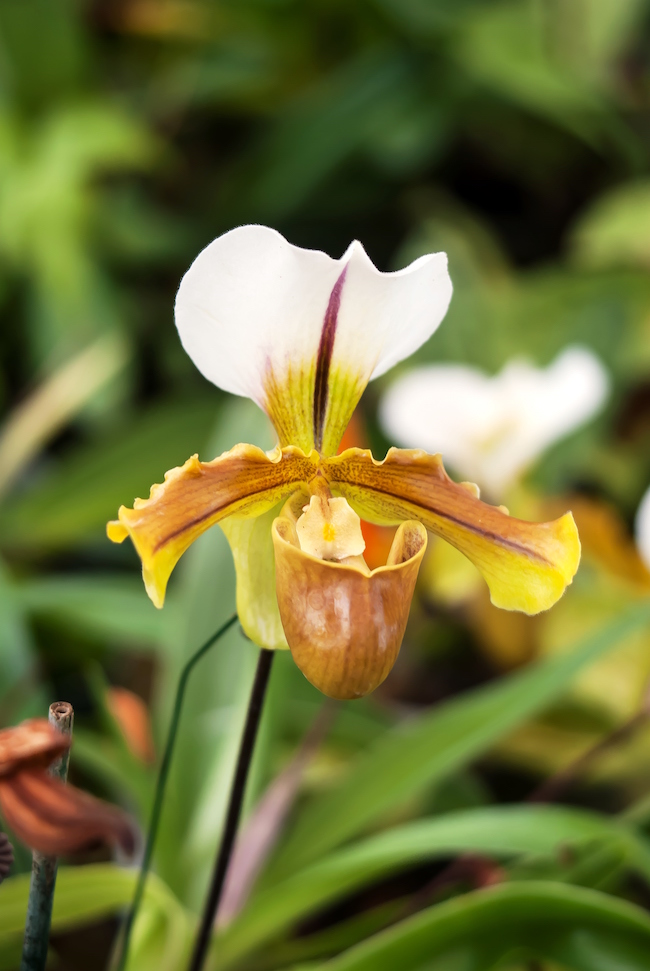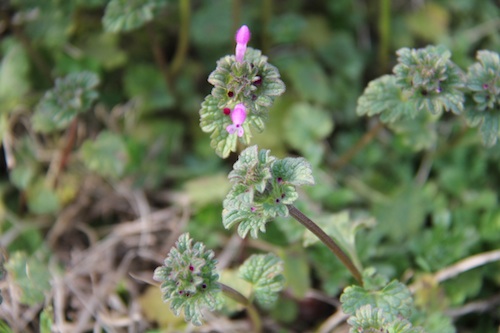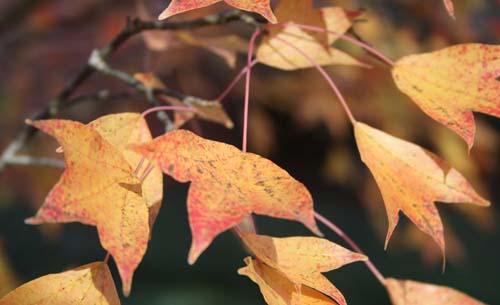 CAES News
CAES News
Mower Mulching
Everyone loves to have good shade trees in their yard, but once summer is over, most people despise dealing with fallen leaves. There is an option that avoids having to rake leaves altogether: Let your mower do the work.

